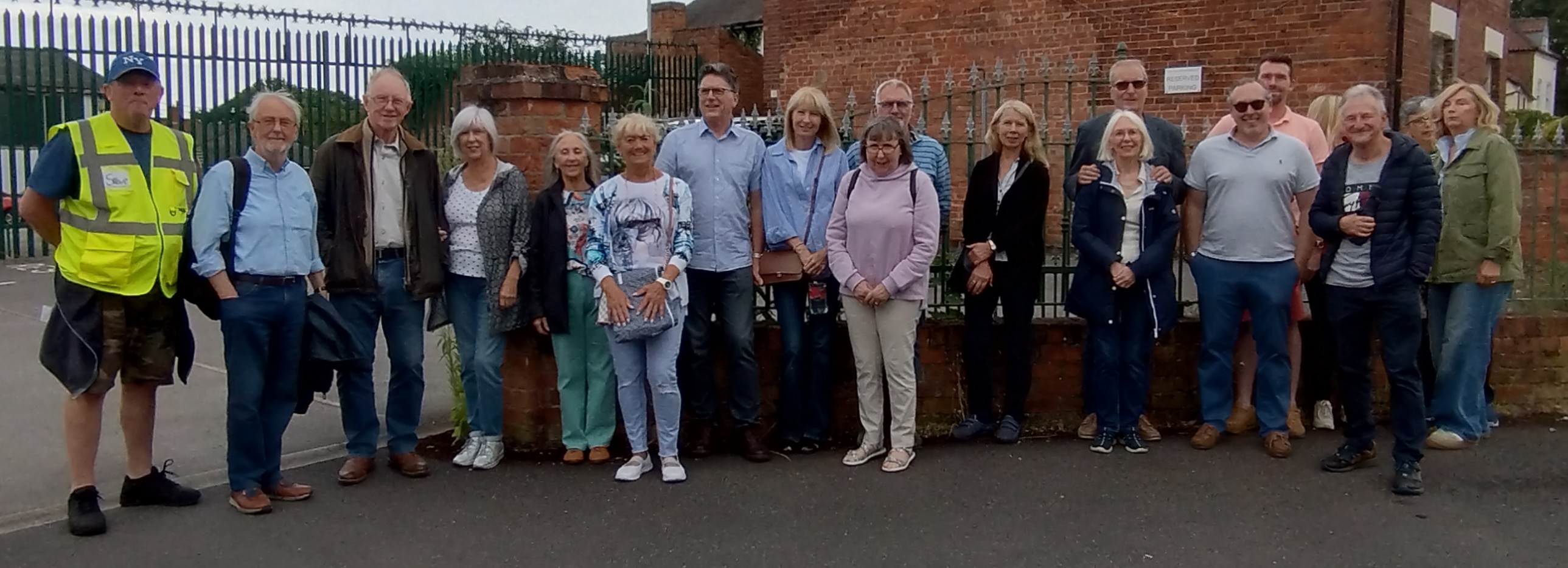Evening Trip to Bawtry
Following our first evening visit last year to Southwell, 20 members and friends visited the town of Bawtry. We were fortunate to have a knowledgeable local guide, Steve Kimber, an executive member of Doncaster Civic Trust.
From our meeting place at the north end of the Market Place, we first went up to Top Street. Steve, an enthusiastic advocate of ‘what the Roman’s did for us’, told us about the early history of Bawtry as an important location on the Roman road from Lincoln to Doncaster. Top Street was originally Roman, the first main road in Bawtry, pre-dating the current main road through the Market Place.
We then walked south to see the grounds of Bawtry Hall and learned about its early ownership by a Hull merchant. His business involved transporting lead from Derbyshire mines and other products from the area to Bawtry wharf. They were transported by barges to West Stockwith and then by the Trent to Hull for export. Steve also told us about the hall’s later life as an important RAF command centre.
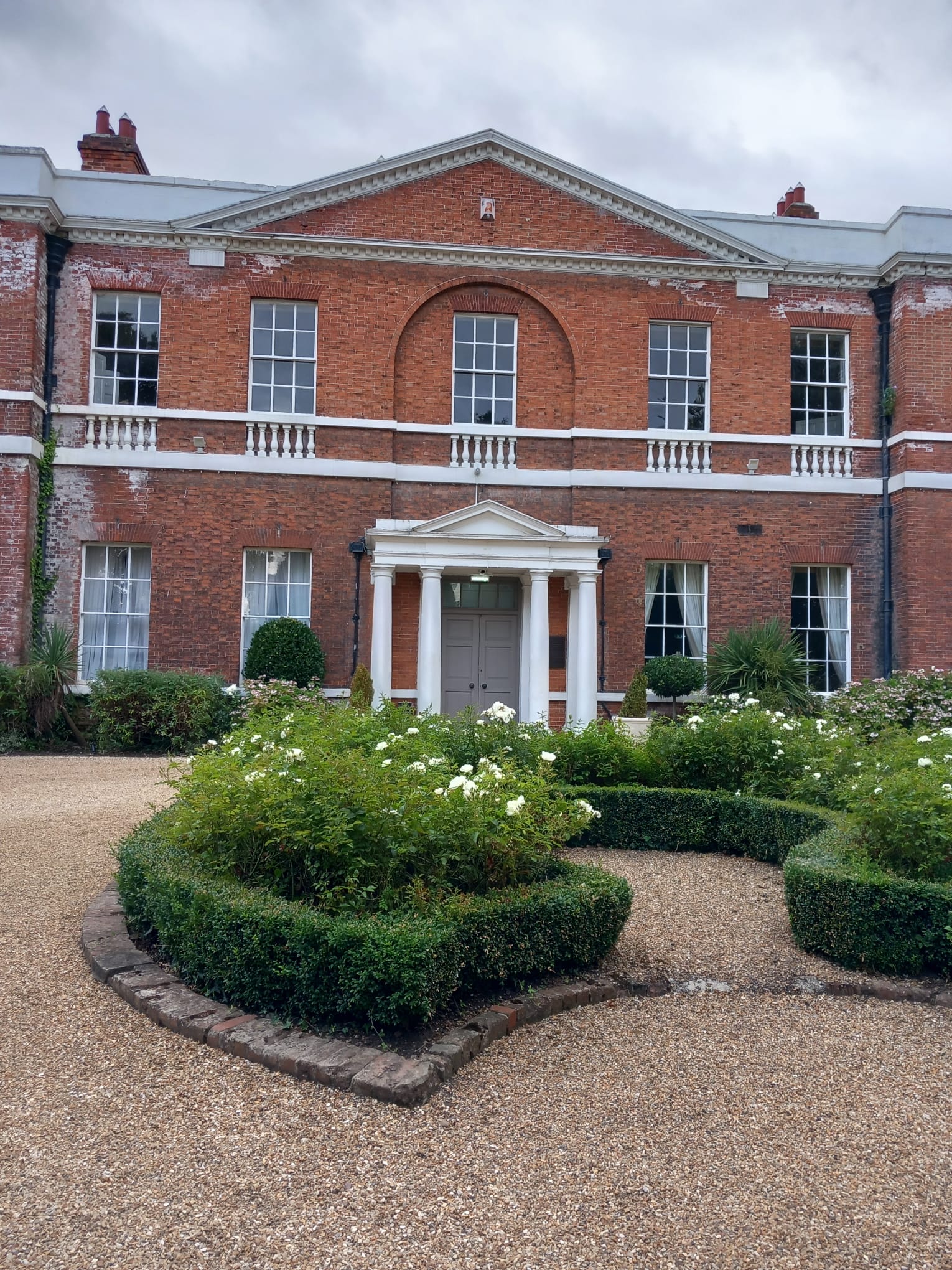
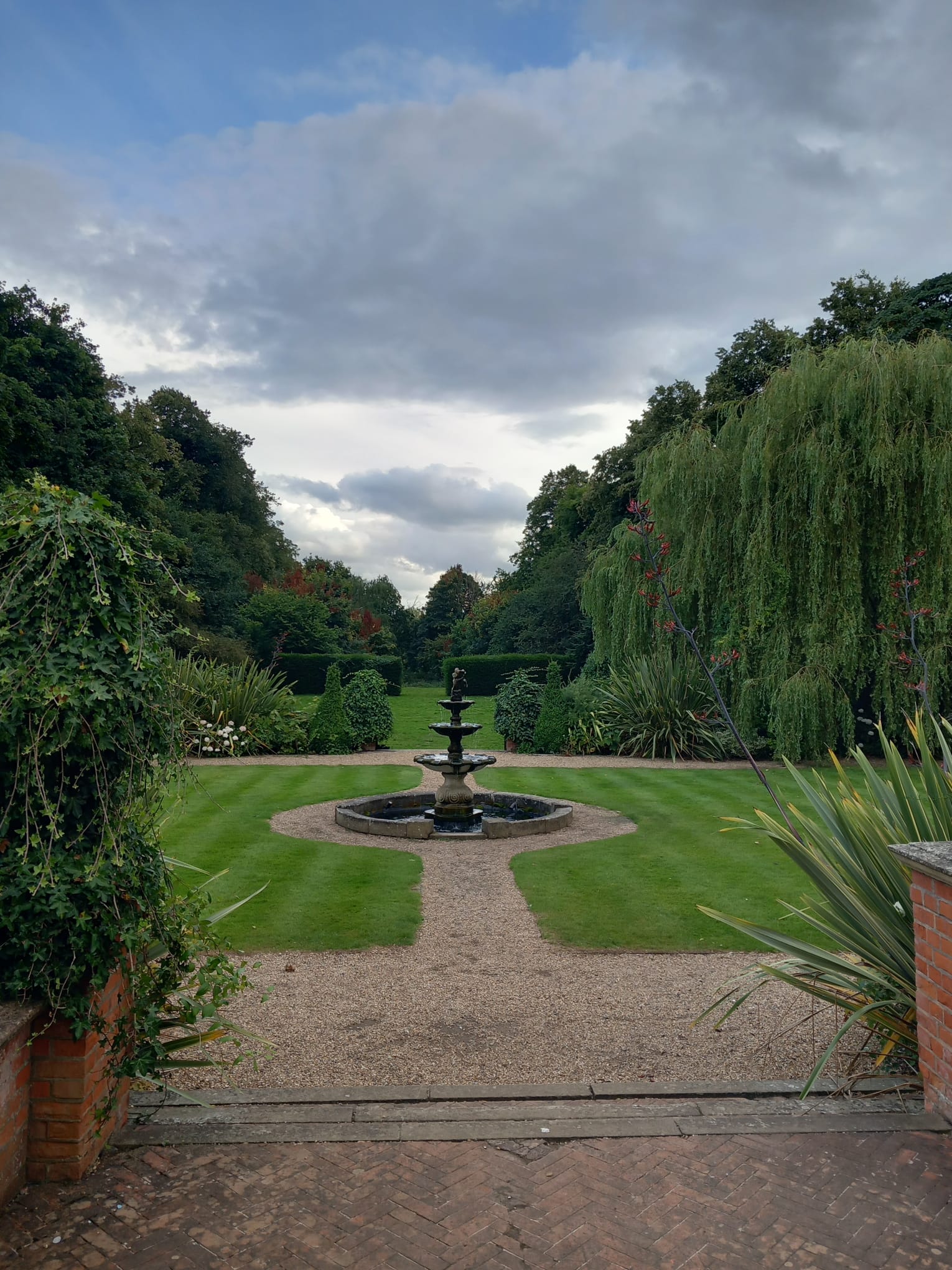
Crossing over to the east side of the Market Place we learned about the importance of Bawtry as a coaching stop, with many inns, the last remaining one being the Crown Hotel. The main era of the coaching days lasted only for about 50 years, until the advent of the railways. However, since the first railways travelled only north-south, an important business for The Crown continued as a posting house, where mail was delivered by rail, to be then distributed to the east and west by coaches.
The old Town Hall in the Market Place dates from 1890 as we could see!
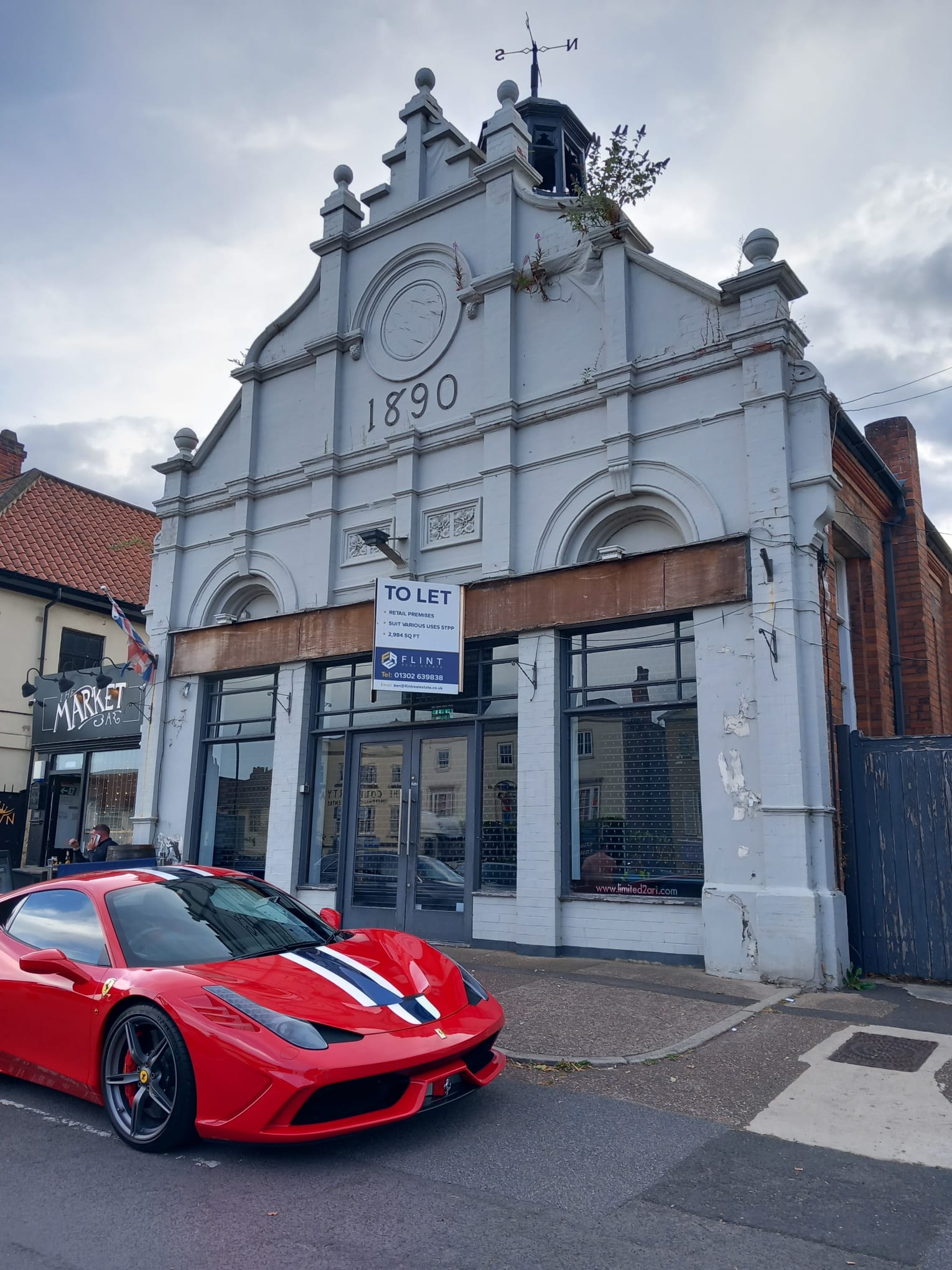
Once the Town Hall
What is now 'The Tasting Note' was once thought to be a small workhouse and according to archive papers at the time of inspection in 1835 there were 10 residents - 4 men, 3 women and 3 boys. There is a cross at the apex of the roof and it is believed the building was once known as Cross House.
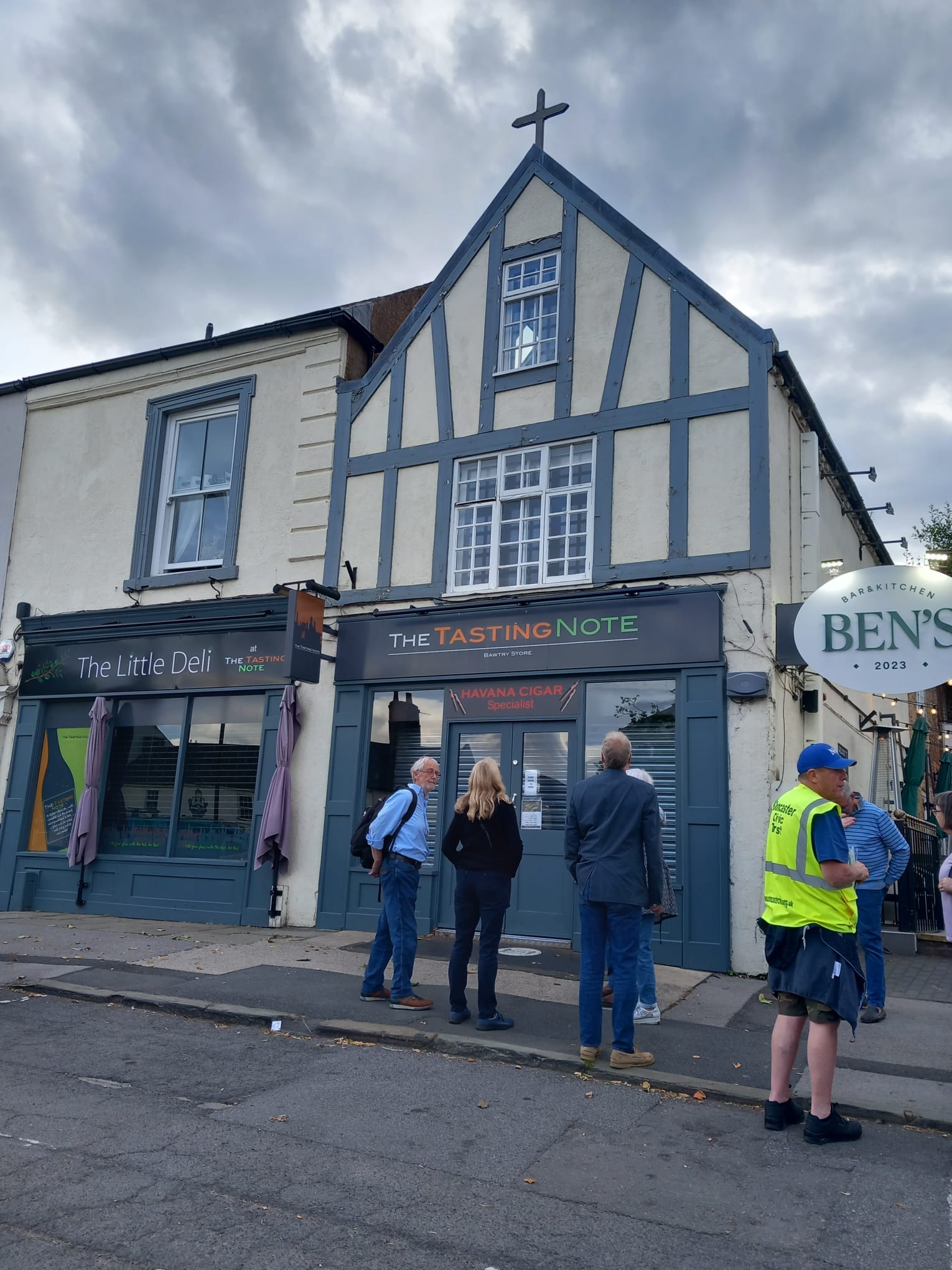
Once the Bawtry Workshouse
It was fascinating to learn that the site of the Co-op store was formerly the Angel Inn, one of the largest and busiest inns. Walking down Swan Street we entered the The Courtyard shopping centre, the cobbled stones of which formed the Angel Inn’s yard.
We walked north and were shown the differences in the local architecture of the Market Place buildings and turned right down Wharf Street past St Nicholas’ Church (St Nicholas is the patron saint of seafarers) to the end of the track. The location of Bawtry’s 12th century wharf had been a mystery to many of us. We were surprised, when standing opposite the railway viaduct, when Steve told us we were standing on the original course of the river Idle. This was the position of the wharf. Steve explained that when the viaduct was built the land next to the river was not stable enough. So the river was moved 300 yards to the east. Mystery solved!
Our trip was very enjoyable. It was a lovely evening for a walk and we all learnt a great deal about the history of the town. Many Thanks to Steve and Doncaster Civil Trust for arranging our visit.

